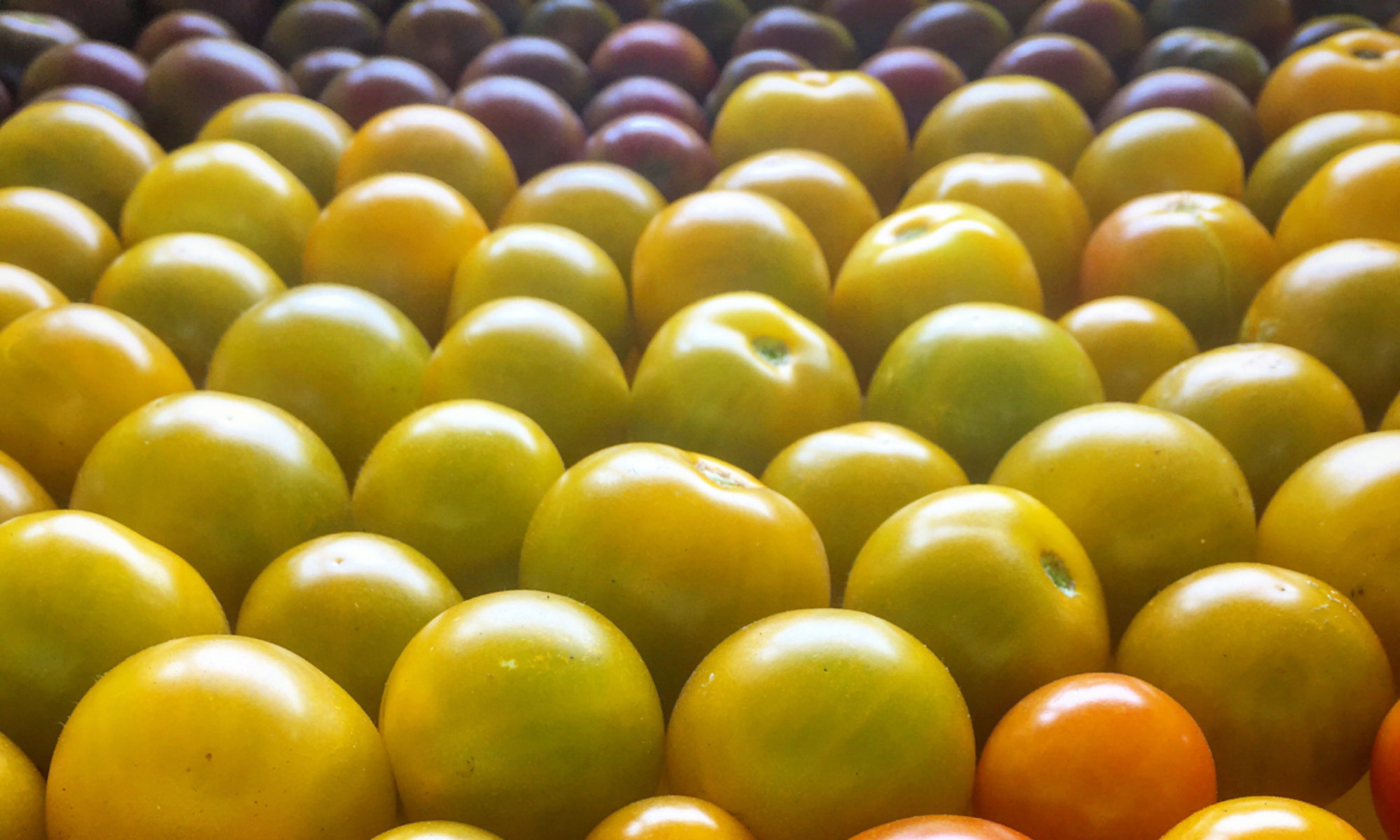I get questions from readers every once in a while and I keep a long file of ones that I think would be good to write about. Unfortunately I mostly don’t get around to answering, but I thought I’d take a stab at this one (from two years ago, yikes). I appreciate hearing that folks are actually reading what I have to say and that they’re getting something out of it, and it’s always amazing to me that the internet means my opinions are available in pretty much any corner of the globe.
I’m wondering if you’re interested in writing an article about what to do when things do not go according to plan. I’ve been thinking it’s the one topic that nobody covers, but in farming there are so many things we can’t control. I’m thinking – too muddy to hoe, storm kills seedlings etc. Be interested to hear your process for decision making in difficult times. Anyway, thanks for all you share, Esther Pickle Creek Farm Sydney, Australia
(note- This was so long ago that Esther isn’t actually at Pickle Creek Farm any more, but she did come visit on a tour of US farms last summer so I got to meet her in person as she helped us tie up young tomatoes.)
My quick reply to Esther at the time was that I don’t think there’s actually a straightforward answer to how to make decisions on the farm in difficult times and perhaps because it’s so complicated folks don’t write about it much. I’ll think out loud here a bit and maybe some part of my thoughts will help one of you out there reading this.
I’m a planner, I plan out my farm seasons week by week a full year in advance. Notice that I write “week by week” and not “day by day”, or “hour by hour.” It’s good to have a plan, for me it’s indispensable, but I come into the season realizing that the plan doesn’t include every detail, and that it has to be flexible. On the farm my weeks have usual flows, meaning harvests happen on certain days at certain times, creating weekly to do lists and records usually happen on certain days, plantings and cultivations have typical times that they happen.
Following the plan made at the beginning of the year everything is further prioritized on the actual week it’s planned for and is continuously reprioritized as more information comes in on actual field conditions – if only in my head. There’s a lot of strategizing and observation constantly happening as I’m working. Market times, whether that’s CSA pick up, a Farmers Market, or a restaurant order delivery, are usually pretty set and don’t have much flexibility, but even those can change when things get extreme if needed and that’s good to keep in mind. Harvest sets up successful markets so that tends to be the next priority for me. Good cultivation, irrigation and field maintenance sets up good harvests so that is usually my next priority.
Planting usually comes after all of those and if I miss a planting it’s a problem so I try not to do it. I work hard to set myself up so that everything else gets done so I can plant. In terms of prioritizing, I’m usually focused on the crops that will take the least amount of labor and expense going forward to get to market. To belabor the point, I’m not thinking about the sunk cost here, the amount of time and expense that already went into a crop, I’m thinking about the amount of expense remaining and potential returns when prioritizing. Within plantings I almost always prioritize plantings of crops that have successions to keep the succession of harvest as even as possible. For one time planted crops I’m more likely to put off plantings if other things need attention and assuming the weather looks cooperative and any seedlings look like they’ll survive.
To go back to that point about sunk costs one more time, always move forward, you can use the past to inform your decisions, but you can’t go back and change the past. In decision making about a current crop, the future expenses and potential returns are all that matters, not what it has taken you to get to whatever point you’re at. Look at costs and returns in a wholistic way, take into account how much extra weeding will be involved with saving a crop and if the potential harvest will pay for it; if you’re four weeks late planting beans, will you have the labor available four weeks after you originally planned on harvesting them; if you need to work up a field that just won’t dry out what will that do to the soil texture for the next year, or five?
When things go wrong, like it rains for a week straight, or two, it means something that needs to happen isn’t going to, or at least it’s not going to happen at an ideal time or in ideal conditions. Part of the calculus is thinking about the consequences of not doing each one tasks involved and how those consequences will propagate out over the rest of the season, and even in future seasons. In the simplest terms, it’s then just a matter of giving up on whatever task is going to cause the least impact into the future.
The only way I can think to make a general statement on how those decisions get made in a timely manner is to say “with experience.” Experience helps in multiple ways and there is no substitute. The more experience you have as a farmer the more likely it is that you’ve seen some variation of this same problem in the past and so you have at least one experience of how it plays out. The more experience you have the more practice you have prioritizing and the less time it takes to prioritize effectively.
One way to practice more, and build up a certain kind of “experience” more quickly than just waiting for season after season to pass is to study farming: read farming journals and books, visit farms, talk to other farmers, go to conferences and hear what other folks are doing, and especially what has worked in the past, under what conditions and why. Another way is to plan, and while you’re planning keep in mind contingencies. Every good plan is made with realistic conditions in mind. If you’re planning on planting into a field the second week of April, how likely is it that that field will actually be ready the second week of April and that the weather will cooperate? What are the consequences if it’s not ready, what are the alternatives. These are all things you can think about in advance and winter, for most of us, is a perfect time to spend time thinking about these things – practicing farming, practicing decision making and prioritizing, stocking up on options and contingencies before we actually need them.
If the plan is “perfect” it has enough built in contingencies that all of the decision about what to do are already addressed. No plan is perfect. Plans that acknowledge the limits of planning are much better than ones that don’t though – that’s why in the winter I only plan out plantings by the week, not by the day. I know I’m not really going to know what day is going to be the best to plant six months in advance, but I can get the week right most of the time, and then decide on the actual day when the time comes closer. To continue using planting as an example, I also know the steps for setting up a successful planting and so I’m proactive in watching the weather, watching the soil, moisture, and flora to make small adjustments as the time for planting gets closer. I’m willing to compromise on being “perfect” and accept what I think is merely acceptable when that’s the best I can do.
For me, planning and strategizing is happening continuously on different levels. It’s paired with, and informed by careful observation of and record keeping on what actually happens, and that includes not just the pieces I have some control over, like when a seed is seeded in the greenhouse, but also the natural surroundings that I have no control over and their patterns and lack of patterns over time.


